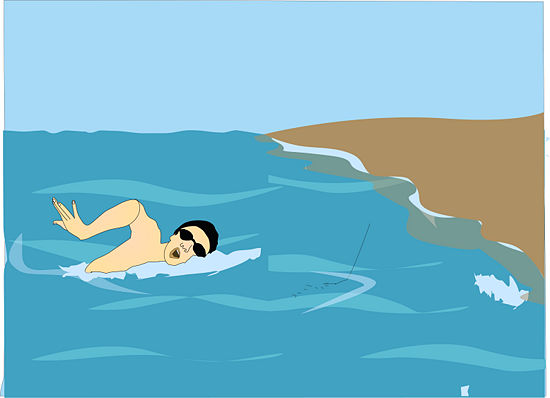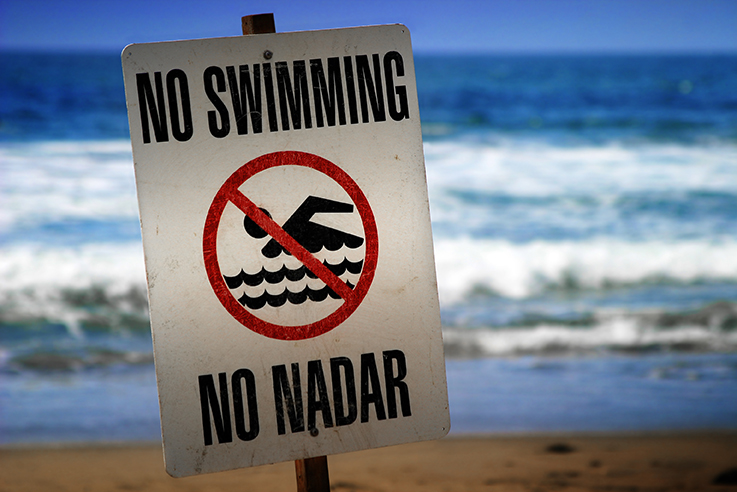
We recently covered a sad story of a French tourist who disappeared into the waters off of Miami Beach. His body was found a few hours later. He was the victim of a strong rip current and simply couldn’t make it back to shore.
I consider myself a pretty good swimmer. I was fortunate enough to have grown up with a swimming pool. My parents put me through swimming lessons as a kid. I love to swim, and when I think of a strong current, I foolishly think I could out-swim it. But the sad reality is that Mother Nature usually wins. To be stubborn enough to think you can out-swim a strong current isn’t smart, but in any perilous situation, you do have a chance at survival.
Thankfully, I’ve never been caught up in a scary swimming situation, but I wanted to know what to do if I ever did. The following summary from WikiHow shows images and explanations of what to do if you get caught.
How to survive a rip current
1. Keep your feet on the bottom as much as possible when swimming in surf conditions. Rip currents can occur in any ocean or lake where surf conditions (breaking waves) exist. Keeping your feet firmly on the lake or sea floor will help you to avoid being swept out to sea by a rip current.
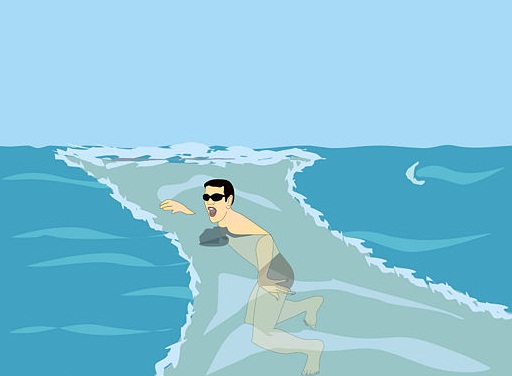
2. Remain calm if a rip current begins to pull you away from shore. If you get caught in a rip current, your first instinct will likely be to panic. Don’t worry, you can escape the current, but you’ll need to keep a clear head about you. Understand that a rip current will probably not pull you underwater; it will only pull you away from the shore.
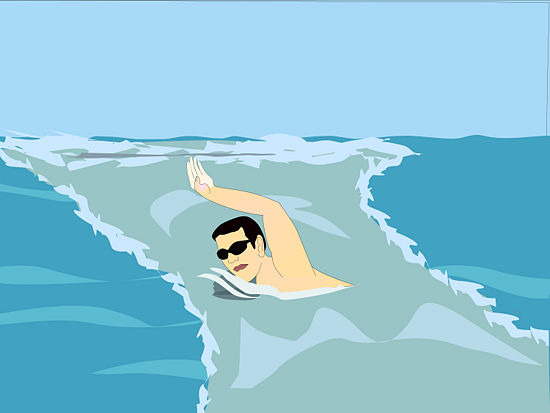
3. Regain your footing if possible. If the current is relatively weak and you’re in shallow water, you will probably be able to touch the bottom again and prevent yourself from being dragged out further. If you can’t touch the bottom, do not struggle against the current. Rip current victims drown because they become exhausted fighting the current. Conserve your energy for methodically swimming and staying afloat.
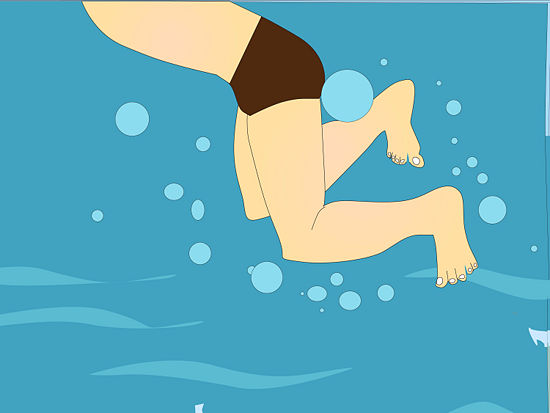
4. Call for help immediately if you can’t swim well. Rip currents are especially dangerous to people who can’t swim or who can’t swim well. If you’re not a good swimmer, get the attention of a lifeguard or of other beach-goers by waving your arms and yelling for help.
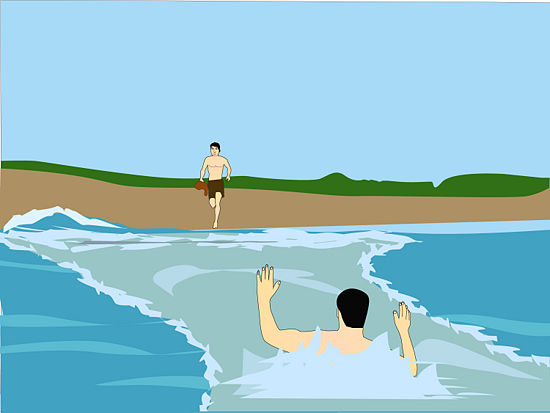
5. Swim parallel to shore to get out of the current. Being caught in a rip current is like being stuck on a treadmill that you can’t turn off. Luckily, rip currents, like treadmills, are usually pretty narrow–they’re rarely over 100 feet wide–so you need only get to the side of the rip current (step off the treadmill) to escape. Rather than swim against the current toward shore, swim parallel to the shore. As you do so, the rip current will carry you further away from shore, but remember, don’t panic. Continue swimming parallel to the shore until you are clear of the current–usually no more than 100-150 feet down the beach from the point where you entered the water.
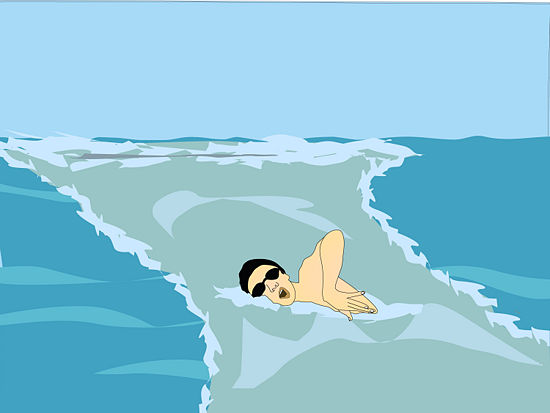
6. Float on your back or tread water if you can’t swim out of the current. If you can’t swim, or if you get tired before you manage to make it out of the current, conserve your energy and stay afloat. Continue to signal for help if there are people present. If you’re alone, just relax and stay afloat until you have enough energy to continue to swim. Rip currents generally subside 50-100 yards from the shore, so you’ll eventually stop getting pulled further out.
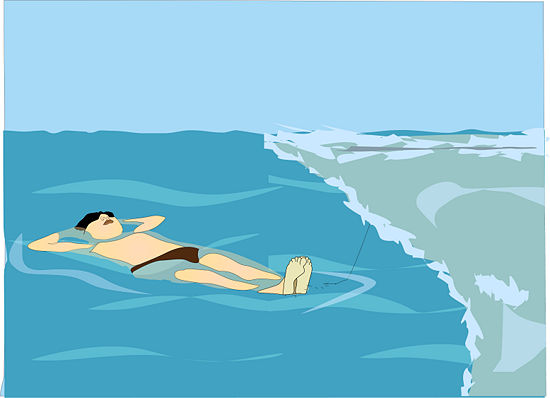
7. Swim toward the shore once you escape the current. When you are out of the current, either because you’ve reached its side or you’ve been carried out far enough for the current to subside, make your way back to shore. It’s generally a good idea to swim diagonally toward shore and away from the current rather than swimming straight back, as the latter method may bring you right back into the current. You may be some distance from shore at this point, so stop and float periodically if you need to rest.
